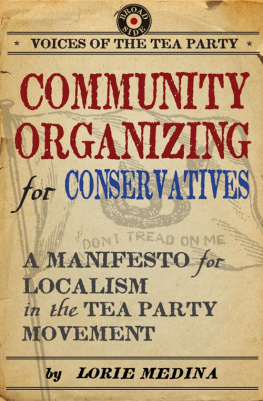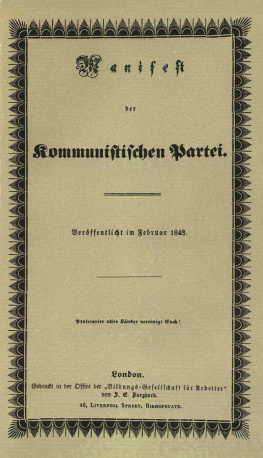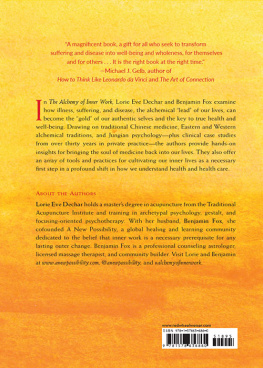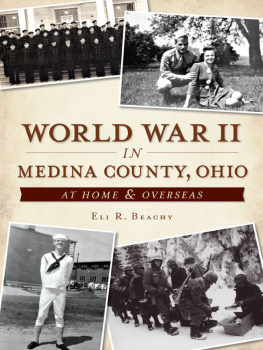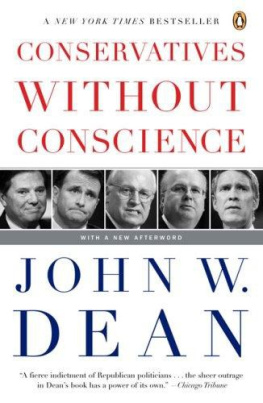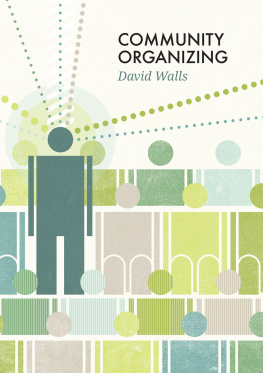V oices of the Tea Party is a real-time collaborative forum for Tea Partiers around the country that delivers in-depth information on tactics, strategy, and policy from on-the-ground activists through the use of inexpensive and easy to download e-books. The series will serve the vibrant online community of everyday Americans who launched and continue to drive the Tea Party movement, by taking their collaborative discussions to a much higher level. Tea Party supporters around the country will now be able to instantly access best practices that have succeeded elsewhere, hear the stories of others in the movement, and learn from Tea Partiers with specific policy ideas and expertise. Perhaps more important, they will be able to engage with other thought leaders by submitting their own e-book proposals for possible inclusion in the series. (Please see our website for details: broadsidebooks.net.) Readers and writers alike can thereby join the important national discussion within this ever-expanding community of citizen-activists who have dedicated themselves to securing the movements core values of constitutionally limited government, fiscal responsibility, and free markets.
Series editor Michael Patrick Leahy has been one of the driving forces of the Tea Party movement from its inception. Hes a co-founder of the Nationwide Tea Party Coalition, which sponsored the very first national Tea Party demonstrations; the February 27, 2009, Nationwide Chicago Tea Party; and the April 15, 2009, Tax Day Tea Party. He is also the author of The Ideological Origins of the Tea Party Movement , to be published by Broadside Books in January 2012. His website is http://www.michaelpatrickleahy.com.
W e speak often of the courage of the American pioneersthose first audacious few who settled new regions of our country, cleared the land, and blazed a trail for those who followed. In addition to courage, a pioneer needs special skills. Being a pioneer in the most important grassroots movement of my lifetimewell, this most definitely requires a great deal of special skill, plus laser-beam focus, and very thick skin. The good news is that the pioneers build a road for the others to follow. And every group of newcomers makes that road a little easier to travel.
My father could be considered a pioneer in our family. He felt the calling to full-time ministry and left a cushy, upwardly mobile position with AT&T to become a Baptist minister. His life-changing decision also led me down a providential path. I became what is known in church circles as a PKa preachers kid. Years later, I would use the lessons I learned from watching my parents serve tirelessly and selflessly in church. Those lessons laid the foundation for my efforts in the Tea Party movement.
Still, my observations here about organization reflect not theology but merely human nature. The secrets of my organizational strategy for the Tea Party stem from good and bad church experiences. Treating a volunteer with grace and kindness will hold your organization together much better than being negative and unforgiving. Leading by example and encouraging others to follow is much more effective than barking mandatory orders.
Six years after walking away from a successful career in telecommunications to dedicate myself to full-time motherhood, I was drawn, as if by a magnet, to the Tea Party movement. I was in the front row at Victory Plaza in Dallas, Texas, on February 27, 2009, with my youngest daughter, my sister, and two nephews in tow. This event was the ray of hope I had been searching for.
Since that day, I have founded my own local Tea Party group, which I still run. Ive started or helped to start more than a hundred grassroots groups. Starting that many groups may sound impressive, but dont be deceived. Keeping them alive and thriving, thats the difficult part.
Ive met with Tea Party leaders and groups in many places. Sometimes we have funny accents or drive different cars, and we live in a variety of neighborhoods. Logically, Tea Parties should look different from one community to the next. The local Tea Party should be a manifestation of the personality of that community. Outwardly, then, the New York 360 Tea Party and, say, the Kaufman County Tea Party in Texas will differ. But at their core, they are almost all identical. Specifically, they share the same political ideology. Just as importantly, the successful groups also have some common leadership and organizational characteristics.
Many Tea Party groups around the country are large, with several thousand members, and cover a major city or large metropolitan area. Others are small neighborhood or community groups. Both types serve a purpose and meet a need in America today; however, I believe the small, local community Tea Party organization is the model to be followed.
A community-based grassroots group naturally creates commonalities among the members. They all live within a certain proximity, their children attend the same schools, they drive on the same expensive toll roads, and they all have the same worthless mayor. Having similar interests and concerns is essential to developing relationships. Merely being upset about Americas out-of-control government may draw people together, but ultimately it will not enable them to develop a thriving organization.
In church work, I found that relationships are critical to accomplishing your goals. If you approached several families who were strangers to one another and asked them to lead a much-needed childrens program, they would be hesitant. By contrast, if you went to a close-knit group of families and made the same request, they would be more likely to accept the challenge, because they could expect to have interpersonal support.
The same is true in the Tea Party. When groups are smaller, creating friendly environments and relationship-building opportunities is much easier. These connections will be the foundation of the organization. Contrary to what others may think, belonging to the Tea Party doesnt mean being angry all the time.
The Moses Complex
Who are the brave souls that step forward to lead Tea Party groups? Typically, the first to lead such groups just happened to be the first on the scene. Are they always the best? Not necessarily, but thats okay. The requisite characteristic is passion. Most of the time, these leaders can learn the rest.
One of my favorite stories is about SherryAnn. I met SherryAnn in May 2009: she lived in a neighboring community, and she asked me if she could attend a meeting of my newly formed Tea Party group. I was pleased but didnt understand why she wasnt attending her own local group. The reason, it turned out, was that there wasnt one. I told her she should start a group in her community. SherryAnn gave me what I think of as the Moses excuse. (Remember when God called Moses to liberate the Israelites from Egypt? Moses gave a long list of reasons why he was the wrong guy for the job.)
Like Moses, SherryAnn insisted that she had no talent for public speaking and no leadership experience; no one would listen to her, and certainly no one would follow. She told me that she had only been a secretary her whole life. Then I asked her how she felt about our country. She told me there was nothing she wouldnt do to save America from the dangerous path we were on. Thats all that I needed to hear from this apprehensive middle-aged woman. I told her she was perfect for the job. Her first objective would be to find a venue, pick a date, and invite concerned friends in her town. I spoke at SherryAnns first meeting; she had followed all my suggestions and had even recruited a co-leader.


